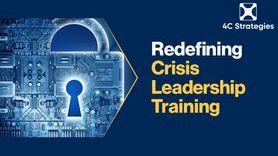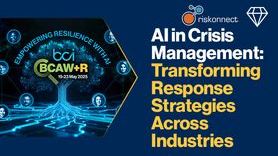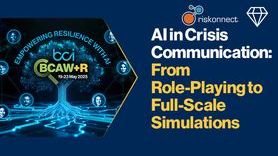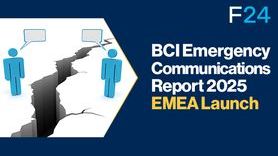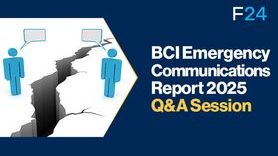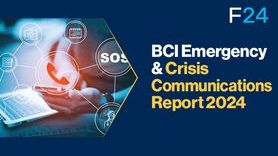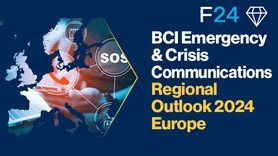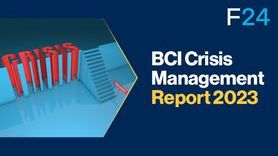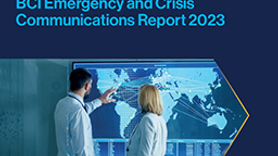How to develop a crisis communication plan in 2024

What do some of the most infamous corporate crises have in common? Poor communication. An unprepared spokesperson. Contrasting statements. These are all errors of crisis communication. What’s the best way to avoid committing one of them? Have a plan of attack. Not sure how to draw one up? This article shares tips on how you can develop a crisis communication plan in 2024.
Why crisis communication plans matter
The first tip is simply to commit to crisis communication planning in 2024. Sure, it seems like a no-brainer, but the data suggests otherwise. A 2023 Capterra study revealed that only 49% of U.S. companies have a formal crisis communication plan. Such a formalized crisis communication plan would ensure that a company’s spokesperson is on top of the facts and dictating how the story gets told. Add to that, a consistently updated crisis communication plan goes a long way toward preserving brand reputation and keeping companies afloat in an era of heavily mediatized corporate disasters.
Getting started with a crisis communication plan
So, how to get started? Organizations should understand the purpose and scope of the crisis communication plan.
That means principals should know what they want to accomplish with the plan and what material will be covered in the plan. Examples of the scope and purpose of a crisis communication plan include:
- Outline the protocols to follow in the event of an incident
- Define the roles and responsibilities of team members
- Provide clear action plans and activation criteria for teams to execute
Essential elements of crisis communication plan
Here are the elements that populate the crisis communication plan:
- Target audiences: Communication implies an audience. Crisis communication is no different. Anyone picking up your crisis communication plan should know who the intended audiences of the plan are. They are likely to be:
- Internal employees and their families
- Senior management
- The crisis response team
- Frontline responders
- Customers and partners
- News media
- Regulators
- The public
- Activation criteria: In crisis management, you’ll likely see crisis communication plans as annexes or supplements of larger crisis management plans. The communication portion only gets activated when the larger plan is activated.
Nevertheless, it’s crucial to know when activation criteria have been met. And to that end, crisis management plan drafters should spell out what specific criteria are.
- Crisis communication roles: The plan itself will be enacted by people. Establishing a chain of command among those people is pivotal for successful crisis resolution.
The crisis communication plan must outline reporting relationships to ensure clarity and empower the right individuals to oversee the actions of supervised personnel.Who are likely to be those people? In business communication during crises, the CEO often assumes the role of the company spokesperson. In the public sector, the Public Information Officer (PIO) might take that role.
Other important roles include PR, Marketing Manager, and Social Media Manager.
- Crisis communication responsibilities: What will those people do? It will, of course, depend on the type of crisis to which they are responding.
The generic responsibilities of a PIO in a natural disaster, for instance, include:
-
- Verifying, coordinating, and disseminating accurate and timely information on the incident's cause, size, and current situation.
- Gathering information from incident command centers, response teams, and professional sources
- Ensuring information accuracy through consultation
- Coordinating internal and external dissemination
- Messaging: There are crisis communication responsibilities you can discharge ahead of time, too. This is crucial. The public now expect swift and accurate communication during a crisis; despite the rapid nature of crises themselves.
Organizations can go a long way to meeting public demand by incorporating pre-fabricated messaging, tailored to likely incidents, in the crisis communication plan.
These messages, updated with specific information about the incident, can then be disseminated quickly through various channels, e.g., social media, corporate websites, and external wire services.
- Workflows and automation: The need for speed can be further met with crisis communications software that efficiently gathers, analyzes, shares, and manages crisis-related information. Workflows and automation within these platforms streamline communication processes, enabling quicker responses to disruptive events and reducing manual efforts.
The public now expects real-time information about a crisis. Don’t deliver, and you’ll lose their trust. How to keep it? Make a plan for crisis communication.
For more strategies, check out this detailed article from Noggin: What is Crisis Communication?



